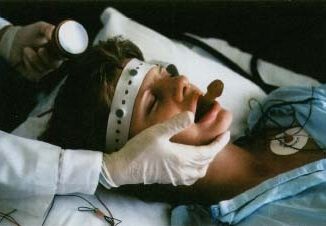
ECT
The hallmark of clinical depression is diminished capacity, so a patient often has no qualms about making self-destructive or life- altering decisions in hopes of relief. […]






























 Our meetings are now in person Monday and Friday 7 to 9 pm at 600 S. Lake Ave. Suite 200 Pasadena CA 91106, and via Zoom on Wednesdays 7 to 9:00 pm. All you need is a computer with a microphone (and hopefully webcam, it’s so much better to see each other) or, if you don’t have one, just a telephone.
MEETING INSTRUCTIONS:
To join the meeting, visit:
(You will have to download and install the software. There is also an option to join directly from your browser with limited features).
If you don’t have a computer, you can dial in by calling:
669.900.9128. When prompted, enter the meeting ID: 858 711 7744
Make sure you are subscribed to either Meetup notifications OR our new mailing list. You can subscribe to the mailing list here:
https://bit.ly/dbsasgvsubscribe
Our meetings are now in person Monday and Friday 7 to 9 pm at 600 S. Lake Ave. Suite 200 Pasadena CA 91106, and via Zoom on Wednesdays 7 to 9:00 pm. All you need is a computer with a microphone (and hopefully webcam, it’s so much better to see each other) or, if you don’t have one, just a telephone.
MEETING INSTRUCTIONS:
To join the meeting, visit:
(You will have to download and install the software. There is also an option to join directly from your browser with limited features).
If you don’t have a computer, you can dial in by calling:
669.900.9128. When prompted, enter the meeting ID: 858 711 7744
Make sure you are subscribed to either Meetup notifications OR our new mailing list. You can subscribe to the mailing list here:
https://bit.ly/dbsasgvsubscribe
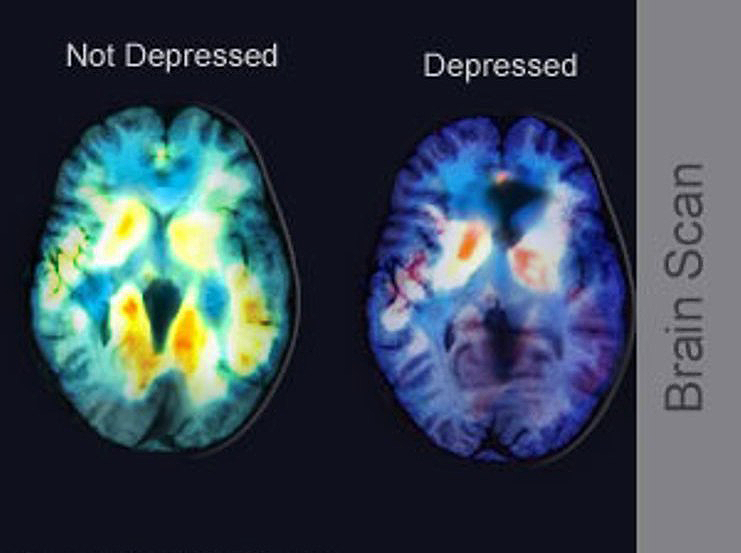
“If you actually measure stress, using our best available instruments, it can’t hold a candle to social isolation. Social isolation is the best-established, most robust social or psychological risk factor for disease out there. Nothing can compete.”
“You can’t change your genes. But if we’re even half right about all this, you can change the way your genes behave—which is almost the same thing. By adjusting your environment you can adjust your gene activity...
“Despite these well-known effects, Cole said he was amazed when he started finding that social connectivity wrought such powerful effects on gene expression."
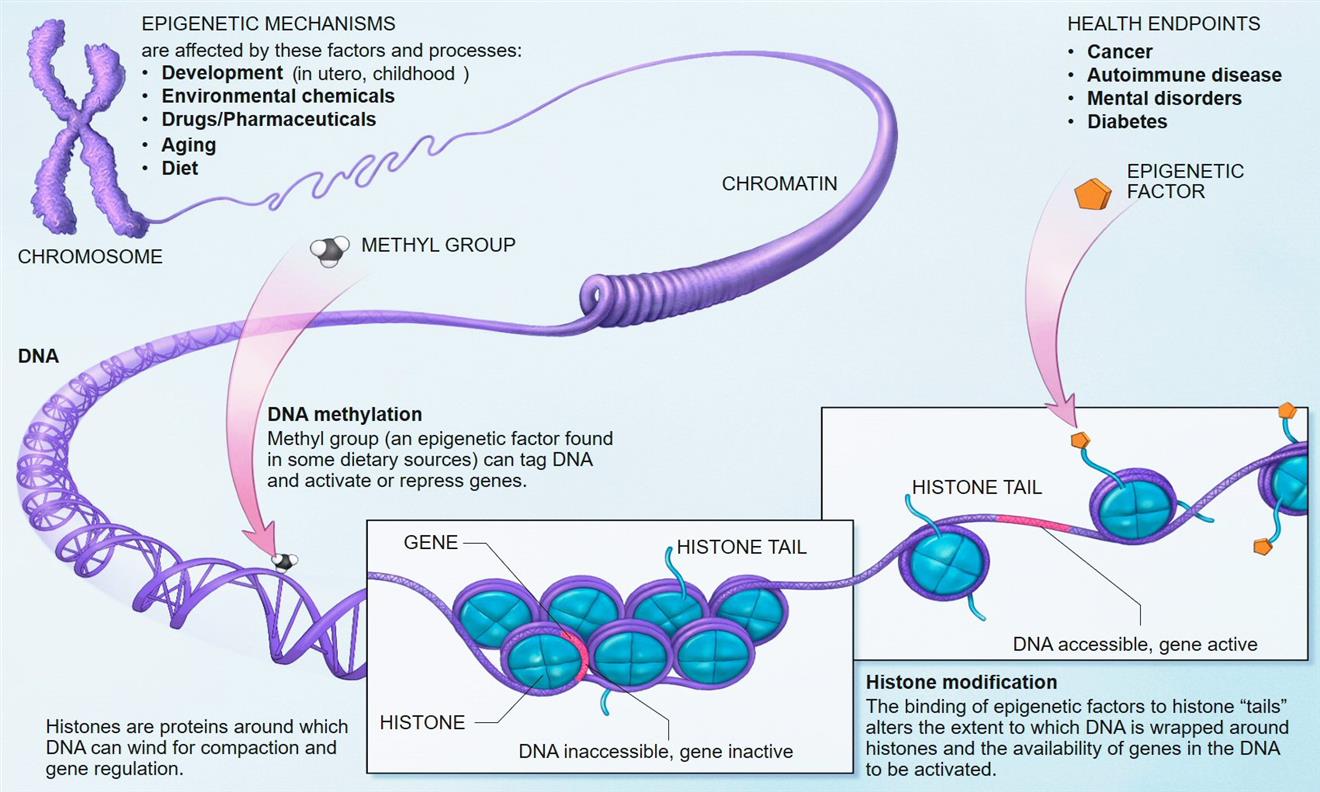
The Lethality of Loneliness
We are social animals. We were never meant to be alone. Air pollution increases yours odds of an early death by 5%, obesity by 20%, alcohol by 30%, and living with loneliness by 45%.
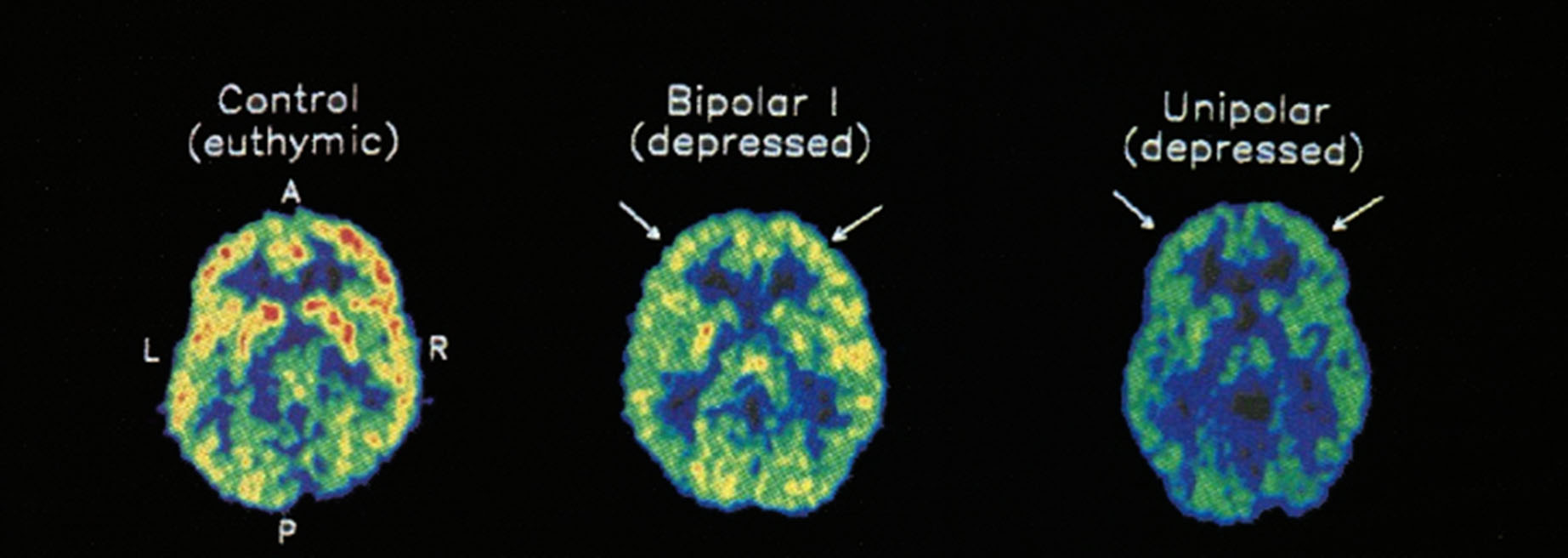
My body has become nothing but a cage, a source of pain and constant problems. The illness I have has caused me pain that not even the strongest medicines could dull, and there is no cure. All day, every day a screaming agony in every nerve ending in my body. It is nothing short of torture. My mind is a wasteland, filled with visions of incredible horror, unceasing depression, and crippling anxiety, even with all of the medications the doctors dare give. Simple things that everyone else takes for granted are nearly impossible for me. I can not laugh or cry. I can barely leave the house. I derive no pleasure from any activity... This is what brought me to my actual final mission. Not suicide, but a mercy killing. I know how to kill, and I know how to do it so that there is no pain whatsoever. It was quick, and I did not suffer.
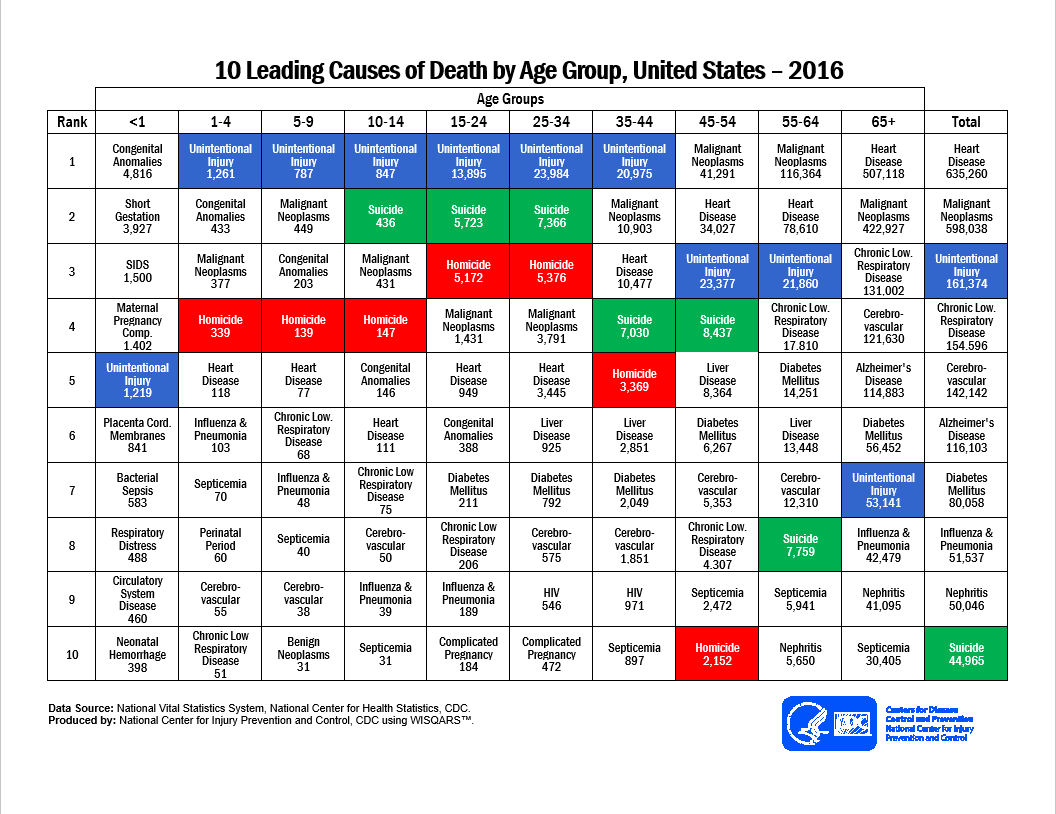
The meetings are free. Family and friends are encouraged to come. Meetings are peer run and confidential. Our address:
Crown City Suites
600 S. Lake Ave. Suite 200
Pasadena CA 91106Meetings:
Mon. and Fri. 7:00 p.m. to 9:00 p.m.
Parking entrance from S. Lake Ave. at booth. Parking is free. For more days and locations, click here. You may also RSVP via Meetup. You don’t have to but it’s a good way to stay up to date on events!
Muhammad Ali helps talk a suicidal man off the ninth floor of a high-rise structure in Los Angeles, 1981. pic.twitter.com/PRs3AXgQXZ
— Astonishing Pictures (@AstonishingPix) August 4, 2015

The hallmark of clinical depression is diminished capacity, so a patient often has no qualms about making self-destructive or life- altering decisions in hopes of relief. […]
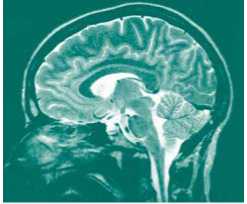
Treatment for depression and bipolar disorder usually includes four elements: talk therapy, medication, peer support, and a personal wellness plan. Sometimes, though, these standard treatments don’t help… or don’t help enough. As a result, researchers are turning to new technologies in search of more effective treatments. […]

This brochure will give you the information you need to help you decide what’s right for you in your treatment and recovery plan. You’ll learn that the decision to choose a brand name or a generic is one that involves you and your health care team. […]
Copyright © 2025 | MH Magazine WordPress Theme by MH Themes